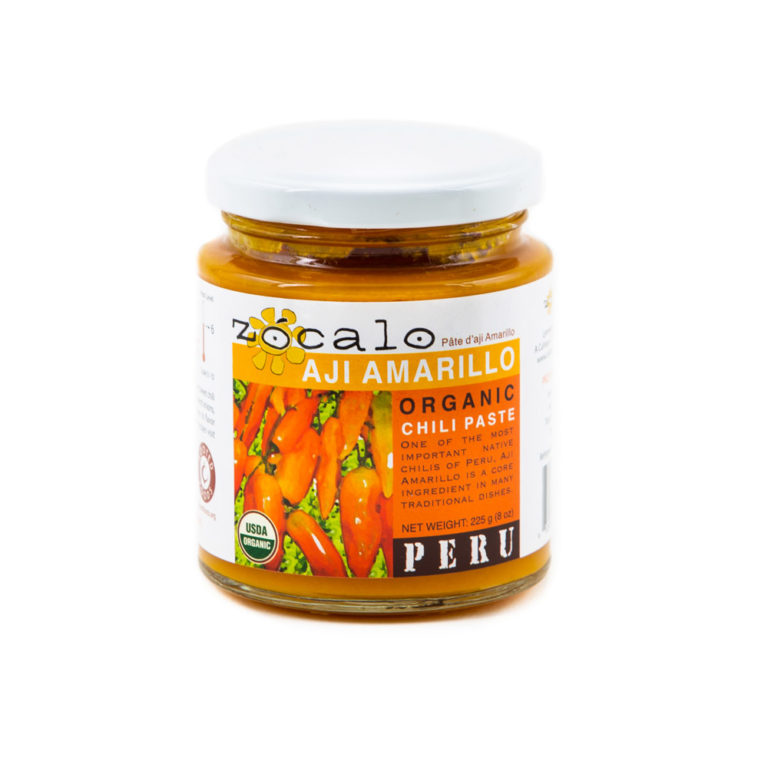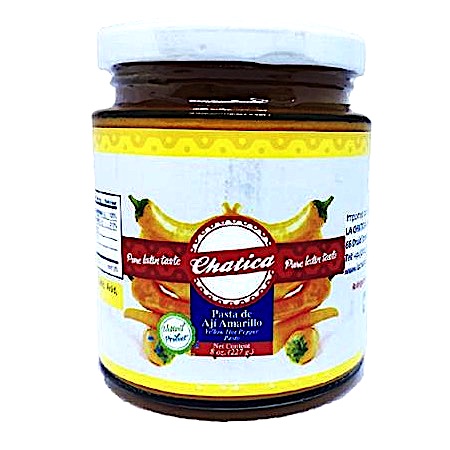

If you have your hands on some fresh aji amarillos, I highly recommend using them to cook something native to Peru. They are perfect for making sauces, smearing on tacos, adding to soup or stew, and of course making traditional Peruvian foods. When turned into a paste, the flavor is a great blend of sweet and savory, with a velvety-smooth, rich texture. They have a flavor unlike most other peppers I have tried, reminding me of a rich, tropical fruit. The peppers are so delightful to eat, from the satisfying crunch of the fruits, to the sweet and fruity flavor. This is where the aji amarillo really starts to shine. Even when eaten fresh, they are easy to handle for most (as long as you like spicy food). This is a significant gap between other claims online, but we have personally tasted them fresh and compared with other common hot peppers.Įither way, the aji amarillo has a gentle, even burn that is not overwhelming. If I were to estimate, I would peg the aji amarillo at around 10,000 SHUs. This seems high to me, but I have not found any official measurement of the pepper’s heat. However, there are widespread claims that the aji amarillo lands between 30,000 – 50,000 SHUs on the Scoville scale. In my personal experience, it is no hotter than a jalapeño or serrano pepper. The aji amarillo is a hot pepper, but it is on the milder side. We have seen some other growers produce bumper crops of ripe ajis amarillos in warmer climates! Our plants have had medium yields, with our shorter growing season being the main issue. This makes the aji amarillo one of the biggest baccatum varieties that we have grown – really impressive pods! Unripe aji amarillo pepper on plant. The fruits are large, growing to an average length of 5-6 inches, and 1.25 inches wide. As the peppers grow, the plants become top heavy, so staking early on is definitely a good idea. The plants can be big, often growing to well over 5 feet tall in large containers or fertile soil. Aji amarillo plant in the ground (early July). The aji amarillo plant needs a very long growing season, up to 4 months after transplanting before the chilies are ripe! This is nothing new if you are used to growing other C. The plants and peppers are still widely used in Peru. Like all Capsicum baccatum pepper varieties, the aji amarillo likely has ancient origins in Peru and Bolivia. Perhaps the name comes from the yellowish color that they turn when they are cooked. The name ‘aji amarillo’ translates to ‘yellow chili pepper,’ though the fruits are actually orange.

We have grown the aji amarillo for two seasons straight, and I think we will be growing them again with our other chili varieties.

Aji amarillo paste shoprite how to#
I’ll cover the origin of the variety, the plant characteristics, how to grow them from seed, their flavor, heat level, and uses in the kitchen. This article is all about the aji amarillo. The large, orange chili peppers are an essential component of countless dishes, and are used to make the popular aji amarillo paste. The aji amarillo is considered a fundamental ingredient in Peruvian cooking.


 0 kommentar(er)
0 kommentar(er)
